Despite being around for decades, cloud seeding remains controversial in the weather community, especially after the massive floods that inundated the United Arab Emirates (UAE).
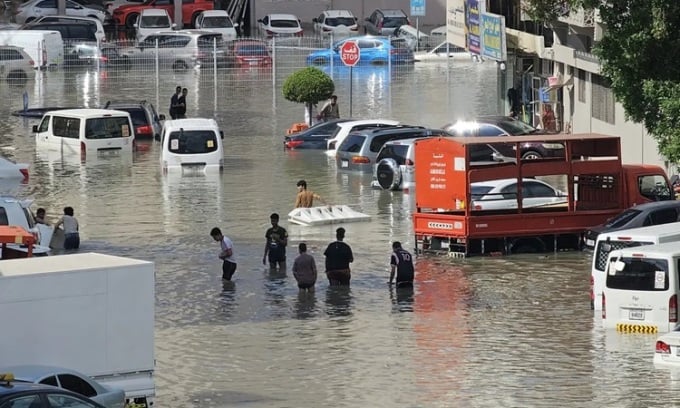
Cars submerged in water on the streets of Dubai after heavy rain. Photo: China Daily
There were no reports of the kind of flooding that hit the UAE on April 16. Many media outlets blamed the flooding on cloud seeding, which Dubai routinely conducts to meet its water needs. According to Ahmed Habib, an expert at the National Center of Meteorology (NCM), the UAE conducts cloud seeding a few days before the rain. Planes are deployed from Al Ain airport to influence convective clouds forming in the area, according to Interesting Engineering .
Dubai was brought to a complete standstill after heavy rains brought a year's worth of rain to the region in just 24 hours. Schools were closed and employees were told to work remotely after underground car parks were flooded. Metro services were also disrupted by the two-day downpour. Dubai International Airport, one of the world's busiest, faced severe operational disruption, with flights diverted or delayed for several hours. The damage was not limited to Dubai. Streets in the capital Abu Dhabi were also flooded, while a 70-year-old man died when his car was caught in flash floods in Ras Al Khaimah.
Meteorologists and climate scientists say the heaviest rainfall in 75 years is likely a result of human-caused climate change. One way to be sure the event is not related to cloud seeding is to have it predicted several days in advance. Atmospheric scientist Tomer Burg says computer models predict several dozen centimeters of rain six days in advance, equal to the UAE’s annual rainfall.
Many of those who blame cloud seeding are also climate change deniers. “When we talk about heavy rain, we need to talk about climate change. Focusing on cloud seeding is misleading,” says climate scientist Friederike Otto of Imperial College London. “Rainfall is becoming much more intense around the world as the climate warms because the warmer atmosphere can hold more moisture.”
Cloud seeding technology
Clouds need tiny drops of water or ice called nuclei to produce rain. Weather modification involves using airplanes and ground-based guns to spray particles into clouds to create more nuclei, which increase humidity and encourage water to fall as snow and rain. Typically, authorities use silver iodide, dry ice, or other materials. Cloud seeding was first used in the 1940s and became popular in the United States in the 1960s, primarily to create snow. It cannot produce rain on clear days; the particles must be shot into storm clouds that already have moisture in them to make the water fall.
Scientists, however, don’t know exactly how effective cloud seeding is. The method seems plausible in theory, but the results are so small that researchers can’t agree on whether cloud seeding actually works. The forces in the atmosphere are so vast and turbulent that cloud seeding is “too small on a scale to make a difference,” Maue says.
According to Bloomberg , the UAE has been using cloud seeding since 2002 and has not experienced a flood disaster in the past two decades. Experts are confident that the cloud seeding technology was not at fault this time, as Dubai conducts about 300 such operations each year. The NCM also confirmed that it did not seed clouds on the day the storm hit. While cloud seeding may seem like a triumph of man over nature, the technology can only increase rainfall by 25%. In other words, human intervention cannot produce rain when rain clouds are not in the sky. Even if Dubai does see an increase in rainfall, the role of cloud seeding is relatively small.
According to Wired, cloud seeding has a very localized effect. Most of the seeding in the UAE has been done in the eastern regions, far from Dubai, where the heavy rains occurred. Oman has also experienced heavy rains, despite not conducting any cloud seeding.
Causes of heavy rain
Three low-pressure systems form a chain of storms moving slowly along the jet stream, a fast-moving stream of air at high altitudes, toward the Persian Gulf, according to climate scientist Michael Mann of the University of Pennsylvania.
The UAE is in a region of the Middle East that doesn’t get many storms, but when they do, they’re bigger than what’s seen in the United States, according to Maue. Massive tropical storms like this “are not uncommon events in the Middle East,” said Suzanne Gray, a meteorology professor at the University of Reading. A recent study analyzed nearly 100 similar events in the southern Arabian Peninsula between 2000 and 2020, most of them in March and April, including a March 2016 storm that dumped nearly 9 inches of rain on Dubai in a few hours.
The storm initially hit Oman on April 14 before reaching the UAE on April 16, causing power outages, disrupting flights and turning highways into rivers. In the UAE, a record 254 mm of rain was recorded in Al Ain, a city bordering Oman. This was the heaviest rainfall in a 24-hour period since records began in 1949.
A 2021 study found a significant increase in the frequency of strong storms in the southeastern Arabian Peninsula. Such extreme events could have a greater impact as the world warms. While cloud seeding is effective, scientists say it doesn’t have a big impact.
Dubai floods because it was not built to handle the heavy rainfall. The desert city is looking to increase its freshwater supply without building sewers to carry water during heavy rains. The city is built of concrete and glass, with no infrastructure to absorb excess water. In the context of climate change, flooding is a common occurrence for major cities, including Dubai, during heavy rainfall. This is a wake-up call that shows urban infrastructure needs to be redesigned to adapt to climate change.
“It’s definitely not cloud seeding,” said meteorologist Ryan Maue, former chief scientist at the US National Oceanic and Atmospheric Administration. “If that happened with cloud seeding, the entire UAE would be flooded all the time.”
An Khang (According to Interesting Engineering )
Source link


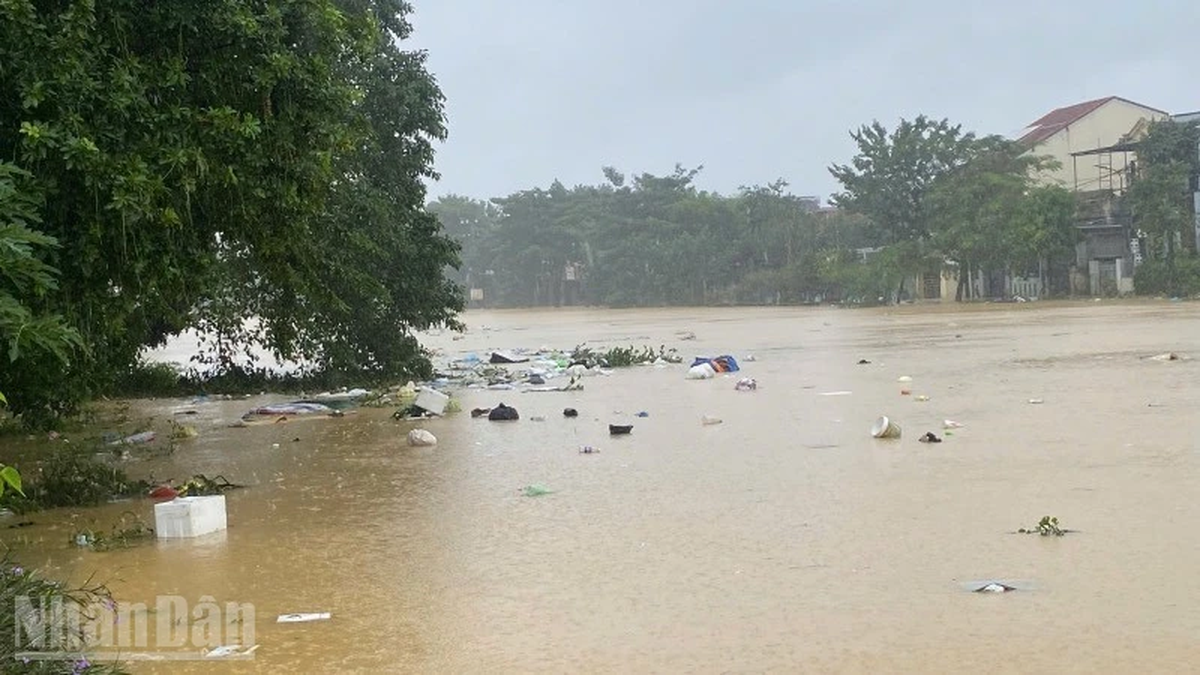
![[Photo] Hue: Inside the kitchen that donates thousands of meals a day to people in flooded areas](https://vphoto.vietnam.vn/thumb/1200x675/vietnam/resource/IMAGE/2025/10/29/1761738508516_bepcomhue-jpg.webp)


![[Photo] Prime Minister Pham Minh Chinh chaired a meeting to discuss solutions to overcome the consequences of floods in the central provinces.](https://vphoto.vietnam.vn/thumb/1200x675/vietnam/resource/IMAGE/2025/10/29/1761716305524_dsc-7735-jpg.webp)
![[Photo] Flooding on the right side of the gate, entrance to Hue Citadel](https://vphoto.vietnam.vn/thumb/1200x675/vietnam/resource/IMAGE/2025/10/28/1761660788143_ndo_br_gen-h-z7165069467254-74c71c36d0cb396744b678cec80552f0-2-jpg.webp)




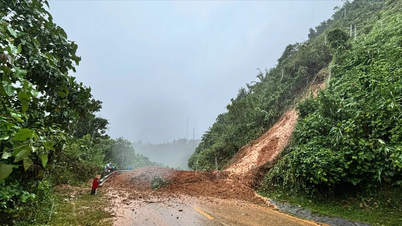
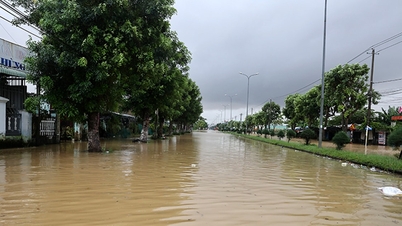

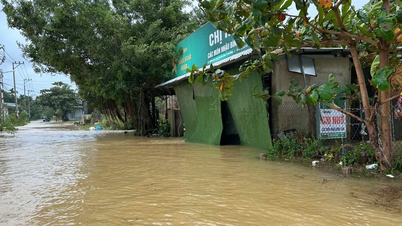
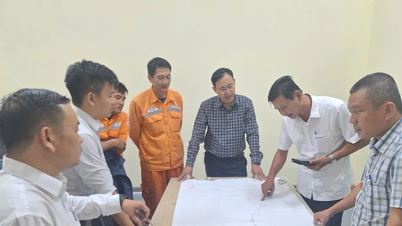






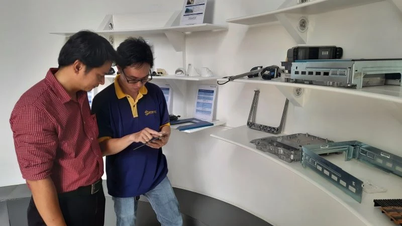
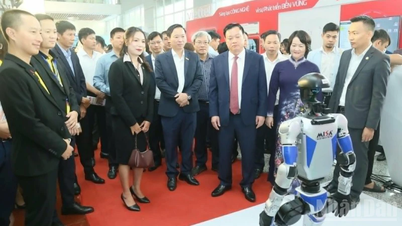













































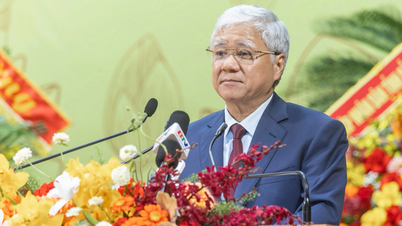
![[Infographic] Vietnam's socio-economic situation in 5 years 2021-2025: Impressive numbers](https://vphoto.vietnam.vn/thumb/402x226/vietnam/resource/IMAGE/2025/10/29/1761730747150_anh-man-hinh-2025-10-29-luc-16-38-55.png)

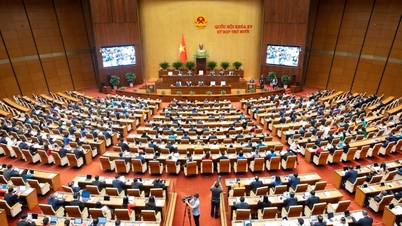



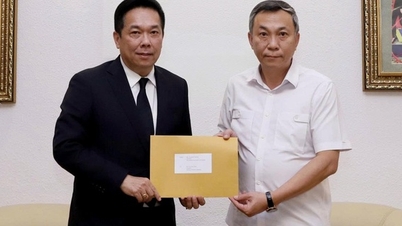



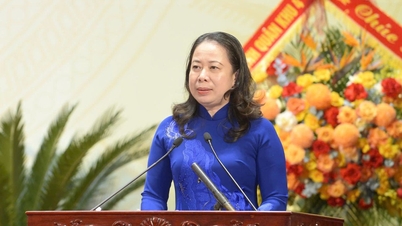

























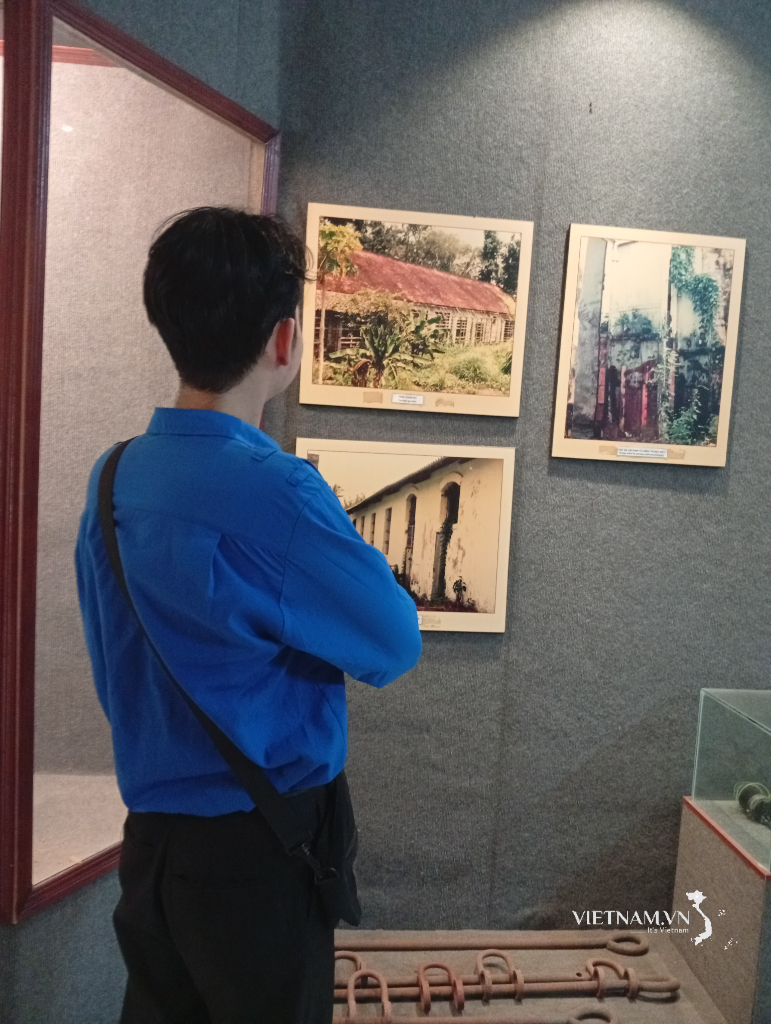

Comment (0)